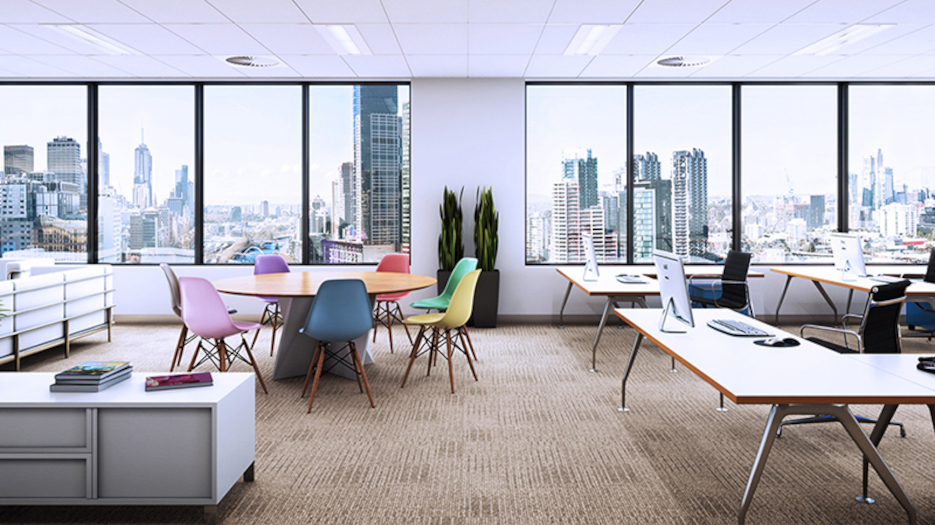Four Things That Workers Look for in an Office Environment

Establishing the right office space for your business means knowing exactly what your employees are looking for in a workspace.
“People ignore design that ignores people,” Frank Chimero, a Brooklyn-based designer, once wrote. His point being that any design, in whatever form and for whatever purpose, should always consider the requirements of its users. This is also applies in real estate, especially with regard to office spaces.
While trends continue to come and go, office space remains anchored on the needs of the company’s employees. As employees are arguably any business entity’s most important asset, companies should always consider what workers look for in an office space in order to ensure safety, optimum productivity, and overall well-being.
In this article, we put together a list of elements that office workers look for in an office environment.
1. More Sunlight and Natural Elements
Hygiene, health, and safety are the most important considerations when maintaining an office space, and are expectedly what workers look for in an office. However, there is also the need for natural elements that help promote health.
American-born British psychologist Sir Cary Cooper conducted a study of the impact of the work environment on employee well-being. In this study, 3,600 respondents were asked about components they would want in their office space and the top responses included a quiet working space and live indoor plants. However, the most widely cited turned out to be very simple: more natural sunlight.
There is a reason why plenty of studies suggest workers not eat lunch at their desk, and if possible go out during their break. Theorist Edward O. Wilson, in his 1984 book The Biophilia Hypothesis, suggested that there is an instinctive bond between humans and other living systems, and a yearning to be closer to nature. This hypothesis, and the results of Sir Cooper’s study, suggests that bringing the natural world indoors ensures that employees are healthier and happier and, thus, more productive and creative.
2. Spaces That Promote Flexibility
Open layouts have been a big trend in office space design, what with the success of companies like Google and Pixar exemplifying the effectiveness of the layout that promotes collaboration. However, this is done at the expense of privacy and focus. A 2013 survey by international architectural firm Gensler found that 53 percent of workers were found to being unable to concentrate while working in an open-layout workspace.
Not surprisingly, the new design consensus is a balance of both. The respondents in the Gensler survey believe that workspaces designed to promote collaboration without sacrificing privacy end up being more successful, and a key finding was that employers offering choices of both types of areas are viewed as more innovative and have higher-performing workers.
This is easier said than done, as it would expectedly require bigger space to accommodate both open workspaces and private ones, or any other that acknowledges worker’s individual requirements. Eventually, the key is in how efficiently overall spaces are designed and utilized to allow for both.
3. A Good Location
Commuting to and from the office is an unofficial part of any office workers’ job description. Hence, it is understandable that they prefer an office that is conveniently or centrally located, so that it is easy to get to and less fuel is used for the commute, and more time is left to perform actual work. However, this does not only mean that the place can be easily reached; it should also be surrounded by the conveniences that today’s office workers require, including restaurants, shopping malls, and banks. A big plus if the office is situated in a good neighborhood with increased police visibility and access to needed services like hospitals and fire stations. Indeed, when workers have less to worry about, more time is spent being productive.
4. Comfortable Work Stations
It is not uncommon for office workers to complain of backaches, neck pains, or even persistent headaches, most of which are a result of having to sit still for an extended period of time. In most cases, however, these complaints are due to poorly planned workspaces, desks that don’t have appropriate heights, and chairs that are not ergonomic in design—all of which can be easily remedied. As office workers spend eight hours or more in their workstations, ensuring that they are comfortable definitely improves their well-being and increases their productivity.
Article supplied by Lamudi.



